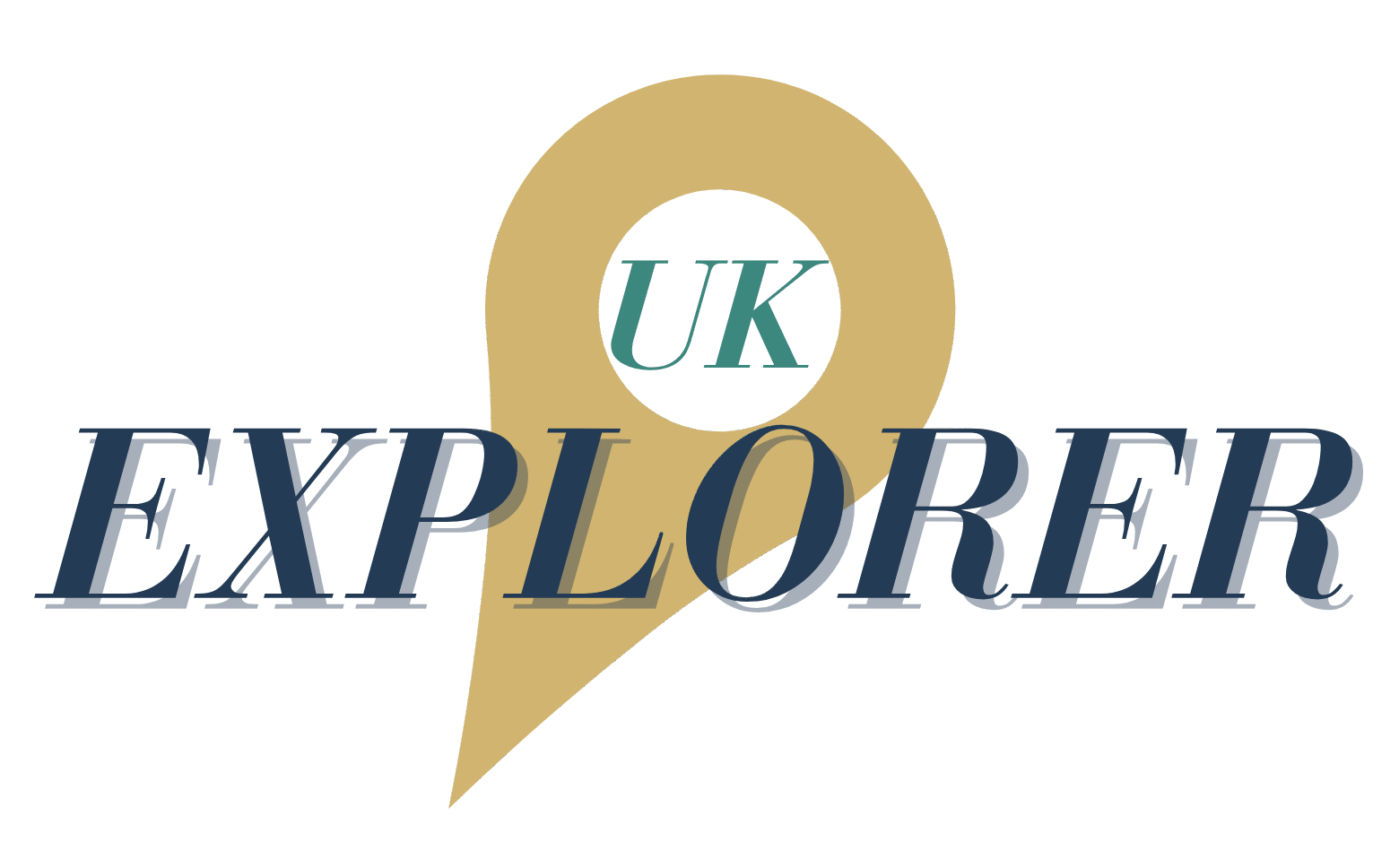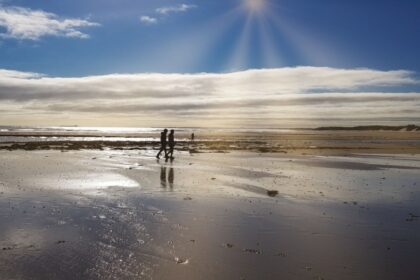Warwick Castle is one of the finest and most complete medieval castles in England. Set on a bend in the River Avon, this towering fortress has stood watch over Warwick for nearly a thousand years, first as a military stronghold, later as a noble residence, and today as a major heritage attraction.
From motte and bailey to mighty fortress
The first castle at Warwick was built in 1068 by William the Conqueror as part of his campaign to secure England after the Norman Conquest. It began life as a timber motte-and-bailey design, quick to build and strategically placed on a natural hill.
In the 12th century, the wooden structures were replaced with stone, and over the next 300 years, the castle was continually reinforced and expanded. Massive curtain walls, gatehouses, and towers turned it into one of the most formidable fortresses in the Midlands.
Power at the heart of England
Throughout the Middle Ages, Warwick Castle played a central role in national politics. The Earls of Warwick – especially during the 14th and 15th centuries – were among the most powerful figures in England. One of them, Richard Neville, became known as the “Kingmaker” for his role in the Wars of the Roses, helping to make and break monarchs.
The castle was not just a military base; it was a political headquarters, a centre of local justice, and a display of aristocratic power. Grand feasts, alliances, and even plots were all part of life within its walls.
A noble residence with royal connections
By the 17th century, Warwick Castle had shifted from fortress to stately home. Under the Greville family, it was transformed into a luxurious residence with elegant interiors, landscaped gardens, and formal apartments.
It remained in aristocratic hands for over 300 years. During that time, it welcomed royal visitors, hosted grand parties, and amassed a notable collection of art and furnishings. Some of these can still be seen in the State Rooms today.
Sieges and Scandals
Warwick Castle has seen its share of drama. It was besieged during the Barons’ Wars in the 13th century, survived the turmoil of the Civil War, and endured a devastating fire in 1871 that destroyed parts of the private apartments. It also inspired writers and artists, including J.M.W. Turner, who painted its riverside view.
The dungeons, complete with torture chambers and echoing corridors, tell the darker stories of imprisonment and punishment. For centuries, the castle symbolised not just protection, but power, and sometimes fear.
A living castle still
In the 20th century, Warwick Castle opened to the public. Today it is managed as a heritage and entertainment attraction, offering a blend of history, spectacle, and family-friendly fun. Live jousting, birds of prey displays, costumed guides, and castle-themed lodges make it one of the most visited castles in the UK.
Despite the entertainment focus, the historical core remains well preserved. The towers, ramparts, and interiors still speak volumes about England’s medieval and aristocratic past.
Warwick Castle need to know
Getting Here
Warwick Castle is in the centre of Warwick, about 10 minutes’ walk from Warwick Station (direct trains from Birmingham and London). By car, use the M40 (Junction 15) and follow signs into town. On-site parking is available (charges apply), and Park & Ride options operate at peak times.
Where to Stay
The castle offers themed accommodation including medieval-style lodges and glamping. Alternatively, stay in Warwick itself, where you’ll find cosy inns, B&Bs, and boutique hotels. Nearby Leamington Spa and Stratford-upon-Avon offer further options.
Where to Eat
Inside the castle grounds, you’ll find cafés, snack bars, and seasonal food stalls. In Warwick town centre, there’s a good mix of pubs, tearooms, and restaurants – from traditional pies to modern British menus.
What to Do
- Walk the ramparts and climb the towers for sweeping views
- Explore the dungeons and the Kingmaker exhibition
- Visit the Great Hall and lavish State Rooms
- Watch live performances like falconry or jousting (seasonal)
- Take a riverside walk in the castle’s grounds or gardens
Nearby Gems
- St Mary’s Church, with its Beauchamp Chapel and tower views
- Warwick Racecourse, just outside the town centre
- Charlecote Park, a grand Tudor house with deer park
- Stratford-upon-Avon, Shakespeare’s birthplace, just 20 minutes away
Best Time to Visit
Spring and summer offer the best weather and most events, though autumn provides quieter visits with beautiful foliage. Christmas sees special themed events. Weekdays are usually less crowded than weekends and school holidays.





